Camping At Killbear Provincial Park: Why It’s A Great Escape
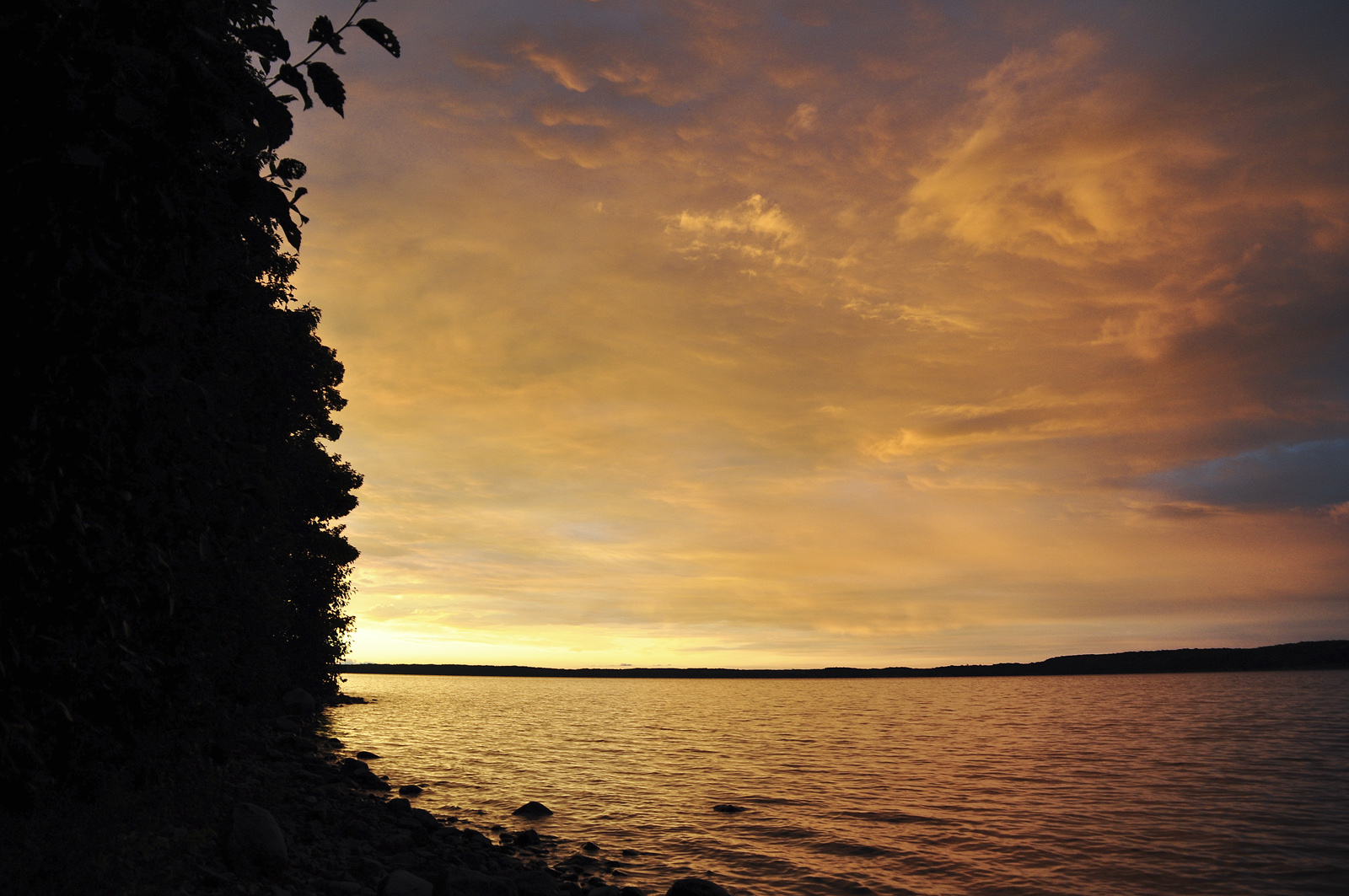
When you haven’t gone camping for a while, it’s sometimes not easy to get back into it. Spending two nights camping at Killbear Provincial Park, just northwest of Parry Sound, Ontario, is enough to fall in love with the outdoors again.
We decided to camp at Killbear Provincial Park because it wasn’t too far north from Toronto and yet far enough.
It was my first time camping at this provincial park.
And I fell in love with it. It’s one of my top places to go camping in Ontario.
Want to know why I recommend it? Read on!
What To Expect When Camping At Killbear Provincial Park
I didn’t know what to expect. Every provincial and national park in Ontario has its own unique landscape features.
Killarney Provincial Park has the white quartzite La Cloche mountains; Algonquin Park has numerous lakes and Port Burwell Provincial Park has an amazing beach.
Killbear has some pretty amazing landscape features as well. Check out these cool rocks found near the Killbear lighthouse.
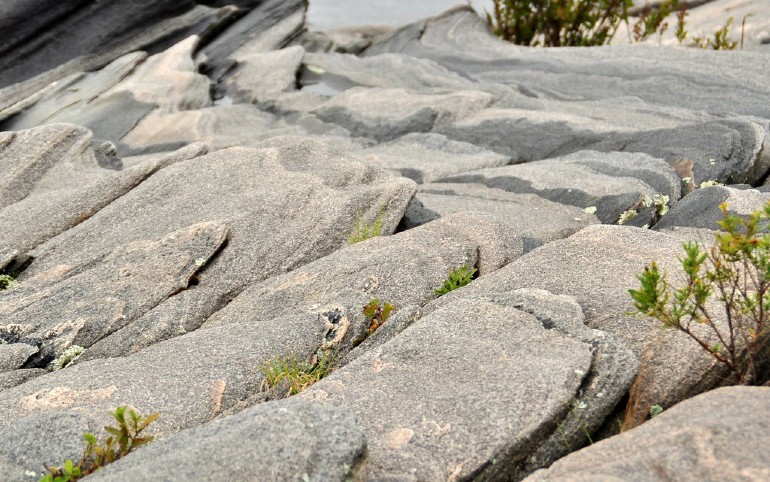
You can see the rocks and that cool-looking lighthouse.
It’s a key point on one of the short hiking trails found near the campsites. A perfect morning walk to get you going!
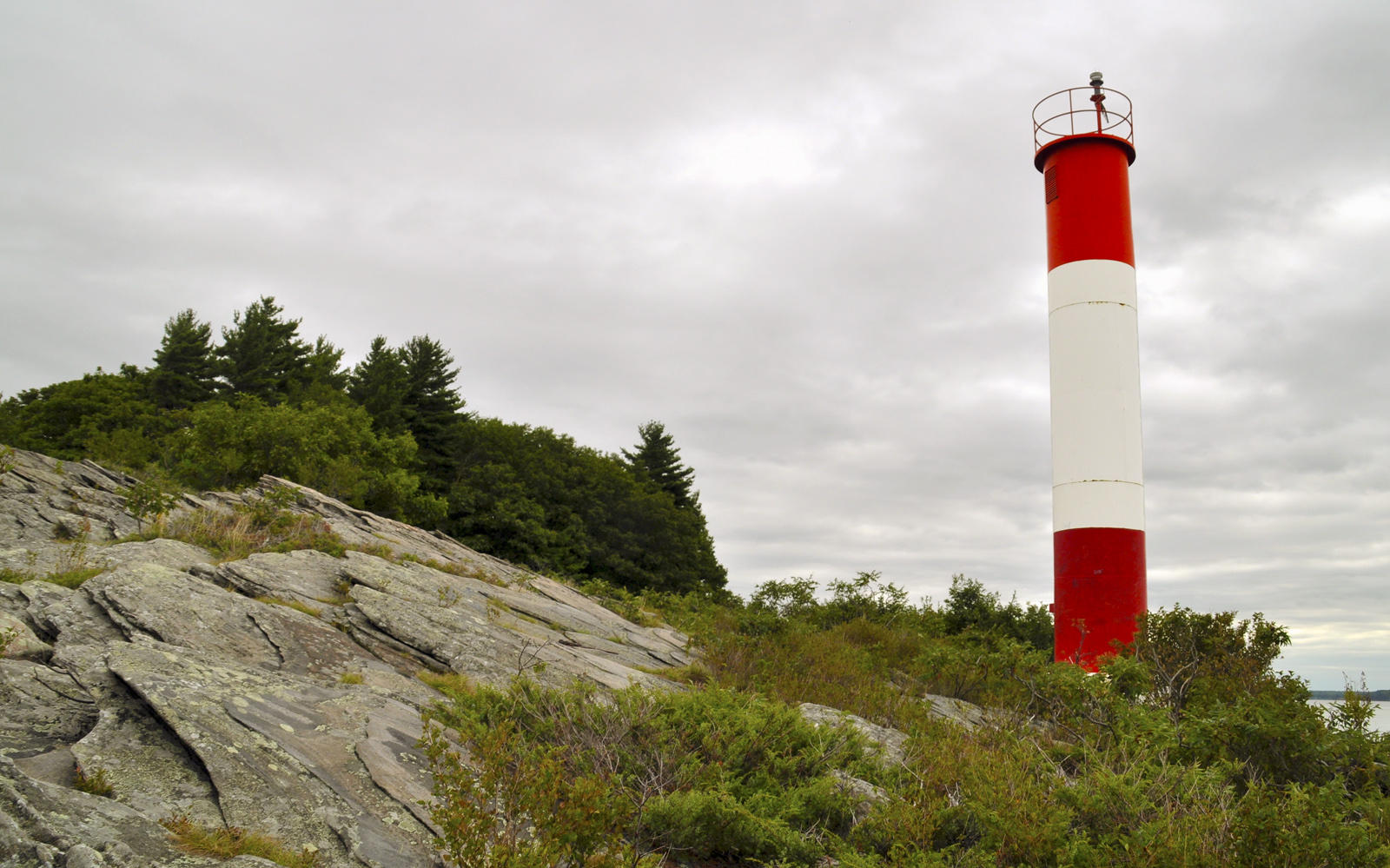
Camping At Killbear Provincial Park Campsites
At Killbear Provincial Park, the campgrounds are, in my opinion, perfect.
They have deciduous trees and well-planned camp areas. Space is a key priority when you’re looking to enjoy a great campsite.
Woods on either side of the campsites at Killbear give you privacy from your neighbours.
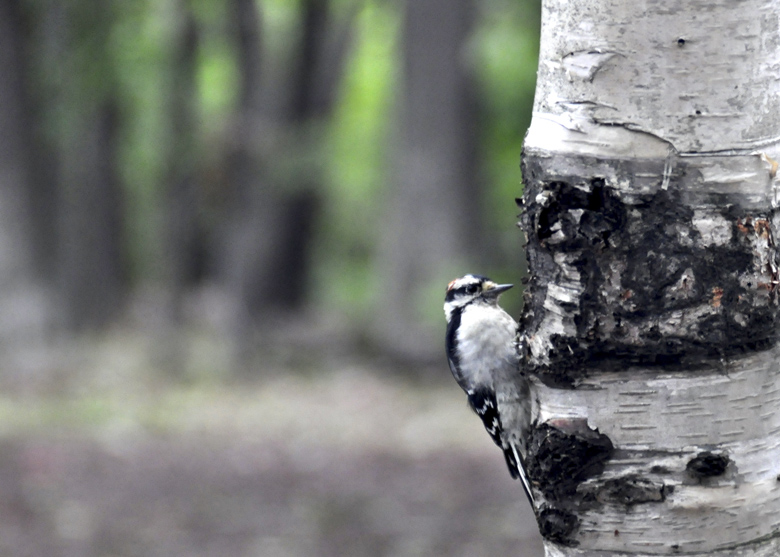
Our site was at the Lighthouse Point camp and we had a “premium” spot backing onto Georgian Bay.
Well worth the extra cost!
A little footpath led down to our very own, small private rock beach.
The beach gives you a clear view of the starry sky in the evening and a beautiful sunrise over Parry Sound in the morning.
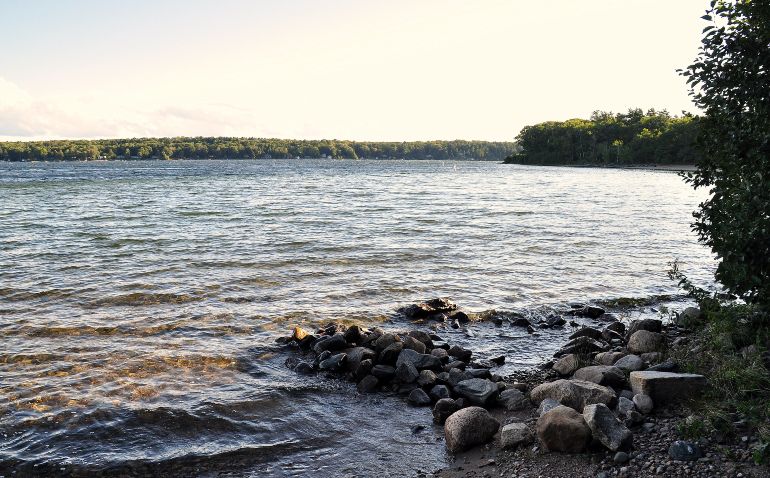
As we were camping at the end of the summer vacation season, we had the privilege of getting up close and personal with the animals on our second night.
Staying the night before Labour Day means that most campsites are deserted.
4 Tips For Camping At Killbear Provincial Park
Since this post was originally written, we’ve also camped at Killbear in late May. So we’ll be sharing tips for camping at Killbear Provincial Park in late Spring and late Summer periods.
1. Pack For The Weather
Late May and late summer can be warm during the day but very chilly at night.
During our May 2023 camping experience, it dipped down to 2 C and that made for a very chilly night.
If the weather is cool and windy, pack extra warm clothes for the night. This means a jacket and hat. Extra blankets and flannel sheets will keep you warm.
Also, make sure your tent can handle cooler temperatures. We made the mistake of using a tent that’s for warmer temperatures during our May 2023 experience.
2. Make Sure You Get Enough Firewood And The Right Tools
If you’re camping early or late in the season, expect that you’ll be burning more firewood.
We had two bags that we purchased at the Visitor Centre, but we could have done with another two more bags.
3. Choose Your Campsite Wisely
For our 2010 trip, our campground at Lighthouse Point didn’t shelter us much from the wind as we were so close to the open-spaced waters of Parry Sound Bay.
This affects the temperature and camp conditions during the day as well.
So if you’re looking for a warm spot, campsites further inland are probably more comfortable temperature-wise.

However, during our May 2023 trip, we had a site more inland but near a boggy area. The humidity made it feel extremely chilly.
4. Camp On Labour Day For A Quiet Night
For an interesting night, do one extra night of camping on Labour Day itself.
The park is almost devoid of other campers, particularly those with kids (as they get ready to head back to school the next day), so you have peace and quiet during the day and a dark night (not so many flashlights or lanterns in use – just the occasional campfire in the distance).
If there’s no overcast sky, the night sky is absolutely fantastic. You can see thousands of stars you normally don’t see in the city including the Milky Way. For amateur astronomers, you may want to bring a telescope with you.
Also, because the campgrounds are practically deserted, the wildlife in and around that area is less afraid to explore the campsites in the dark.
We had the pleasure of listening to coyotes fighting with raccoons in the middle of the night.
5. Bring The Right Footwear For Hiking
Going camping at Killbear will include some good hikes on the trails in the area.
Bring good hiking boots if you are heading out on the trails.
The Lighthouse Point trail is short – only about 1.5 km, but it is rocky and you need good ankle support if you are visiting it after a rainfall.
It’s easy to slip on the many rocks here and end up with a broken ankle.

How To Get To Killbear Provincial Park
It takes about 3 hours from Toronto to Killbear Provincial Park, using the main highways.
As always, I recommend starting your trip early in the morning to beat the Greater Toronto Area traffic.
Take a morning breakfast break in one of the towns along the way and get to your campsite at the right time.
This makes for a much more pleasurable, less stressful drive up to Killbear Provincial Park.
Follow these tips on driving at night on Ontario country roads so that you can arrive safely at Killbear.
Book your campsite through the Ontario Park’s page.
| Related: Top Day Trips From Toronto
More travel inspiration: Day Trip To Tobermory From Toronto
Exploring The Trails At Bruce Peninsula National Park
Visiting The Grotto And Cyprus Lake Trail at Bruce Peninsula National Park
QUESTION: Have you camped at Killbear? Which campsite do you recommend?
Like this post? Share it on Pinterest! Thank you!
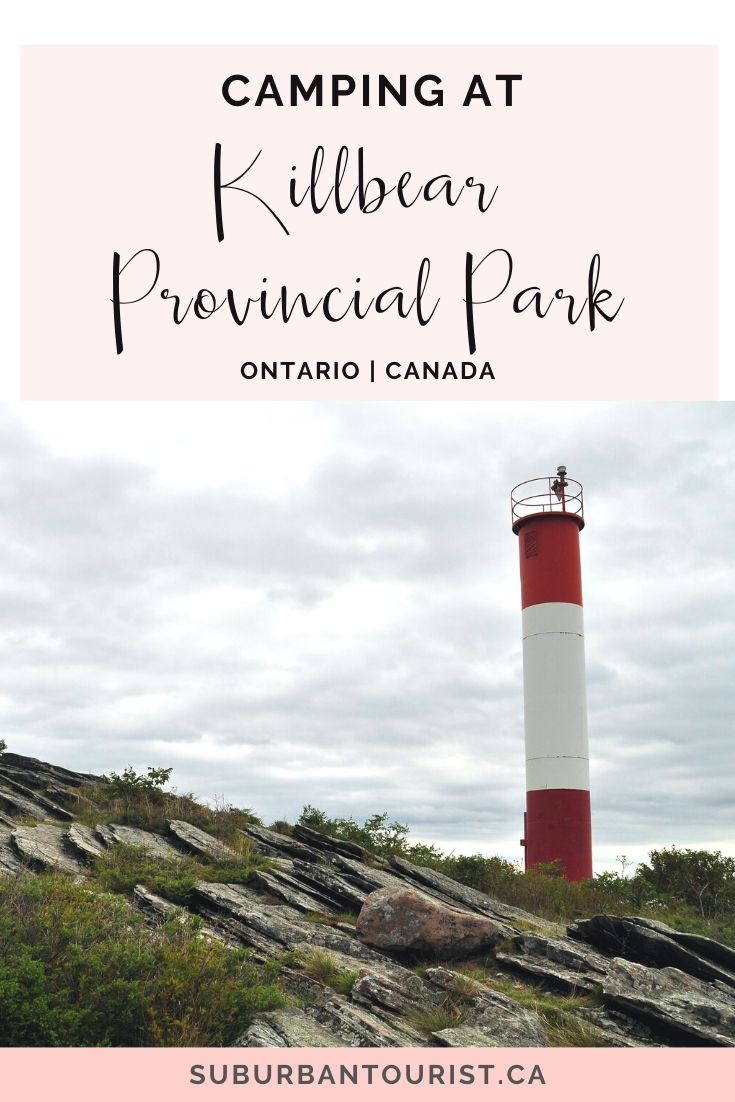

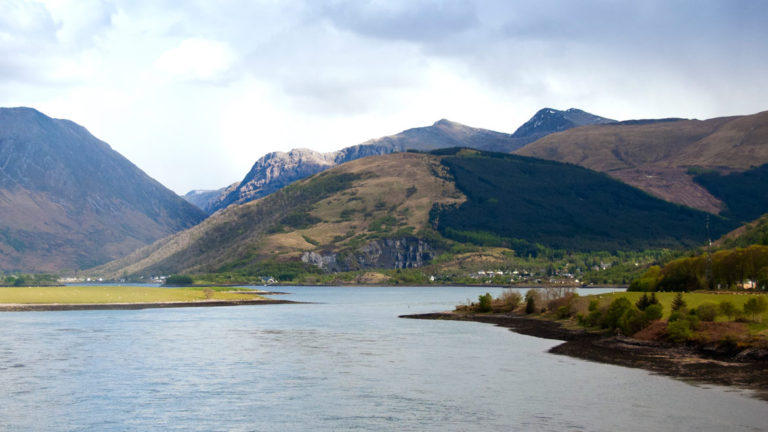
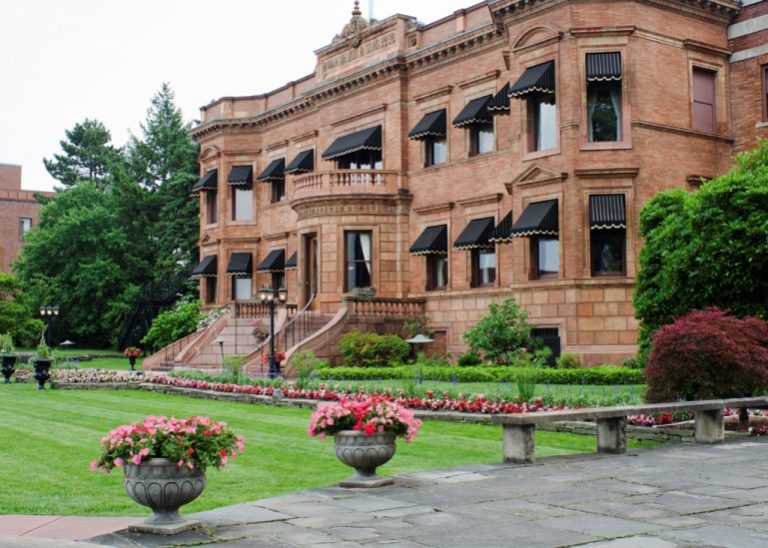
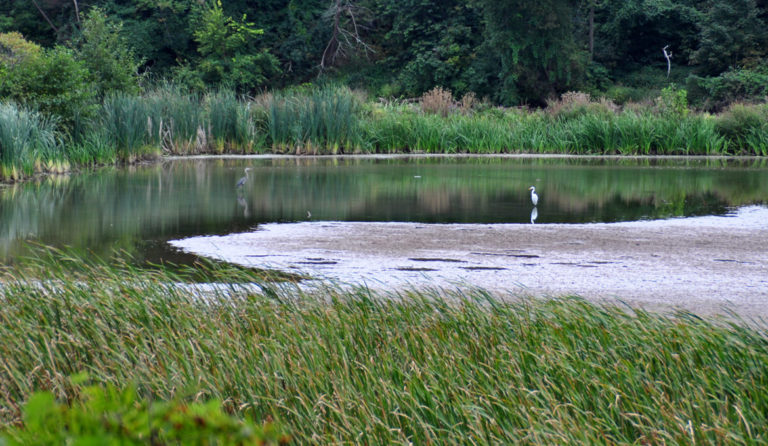
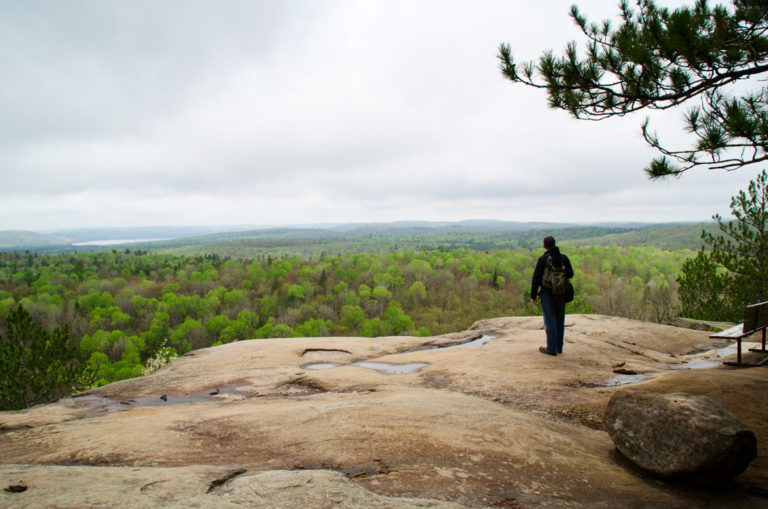

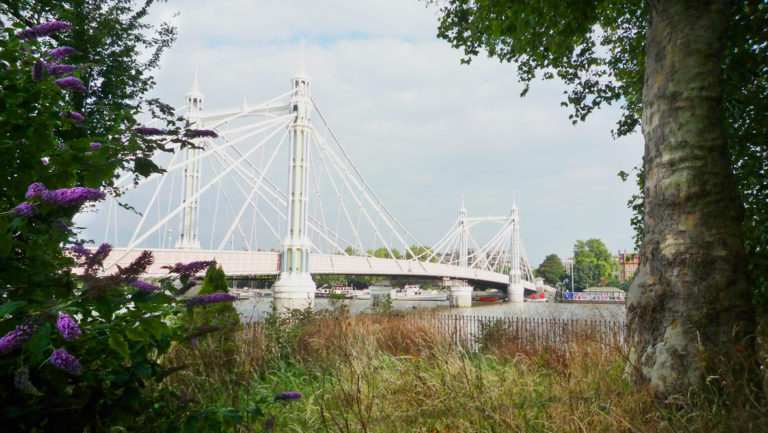
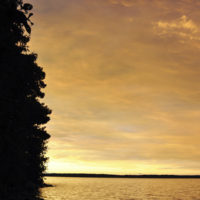
I’ve been to Killbear a few times now – pretty park, nice hiking trails. I loved swimming off the rocks. Too bad the general store and canoe rental are outside the park – and the loud party boats off one of the beaches were kind of disruptive.